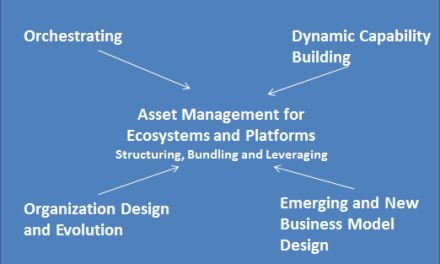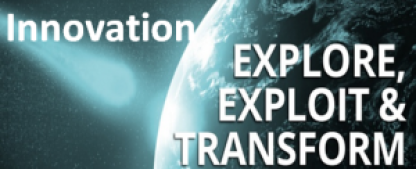There is a growing need for having some dynamic tensions within the organization’s system; these helps generate the better conditions for innovation to thrive. We are learning more on the better tools, techniques and approaches available for putting the learning tensions into our work, making them more dynamic, linked and increasingly relevant to the work to be done.
1). A common language is essential
Any dynamics in the system needs that ability to talk the same language, something that becomes common and embedded to support the routines and move quicker to the concepts and solutions, as others can ‘understand’ them as well. It is through working on the inner stories and appreciating the history, it is having an appreciation of events, good and bad, it is through local slogans, your jargon and dialogues that bring people together. The power of storytelling helps gain adoption and identification to those needs for working on a common cause.
Continue reading “Putting some dynamic tension into the system”









